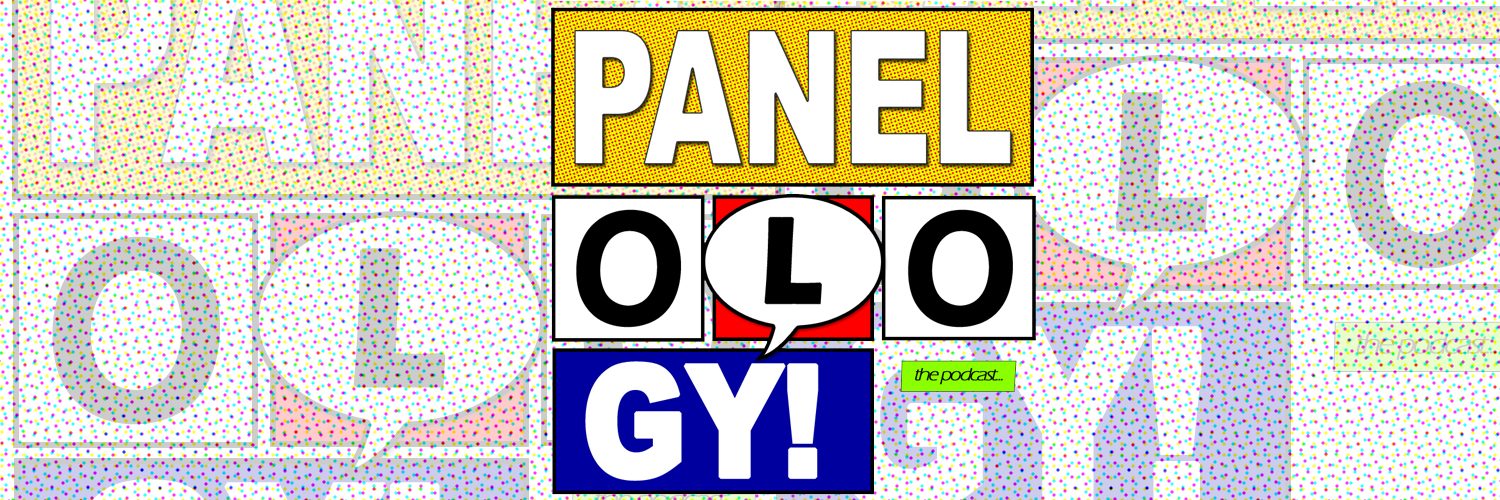Welcome back! We’ve both survived another day! Great job!
This volume of Black Widow focuses on Natasha the spy, on her own. She has been burned by S.H.I.E.L.D. and blackmailed into working for a shadowy operative called the Weeping Lion. Simply put, it’s an espionage comic about the Black Widow dealing with her history as a former K.G.B. operative.
Waid and Samnee’s run is far from the first to pit Natasha against her past. Those moments have been some of the most compelling of the character’s time in the Marvel Cinematic Universe; as a result, that theme has colored just about every Black Widow story since 2012’s Avengers movie. Fortunately, an idea that could be tired finds its best form in this book.
The clearest way to draw a line between what makes this iteration of Black Widow v. Her Past work where others have stumbled is to look at what it doesn’t do. The character’s history is full of violation; too often, the ways in which writers explore and leverage that history paint Natasha as broken. (If you’ve seen Age of Ultron, think back to her scene with Banner in the farmhouse.) Here, Waid and Samnee write a Black Widow who still feels loss and regret when she faces her past, but who is not lessened by what others have done to her.
That doesn’t mean that other characters don’t see her as less, however. Black Widow’s most interesting beats are not its spy-thriller action sequences (although, as parts of a whole, they are stellar), but rather when everyone around Natasha—including, potentially, the reader—discounts her. The moments when she turns the tables on those who oppose her are the book’s most satisfying.
Above all else, though, what drives this book is its art. That’s not to discredit the writing—in fact, I think it is true specifically because Chris Samnee serves both as co-writer and artist. He and Waid have plotted a Black Widow that is rooted in visual storytelling, saving dialogue for only when it is necessary. There are no captions for Natasha’s thoughts when she is alone; her reactions are clear on her face. Early in this trade, for example, she returns to the abandoned facility where she was made into an assassin: you see her hesitation before you see the facility; as she approaches, her expression morphs to sadness and even to wistfulness for being a child. Some issues focus on action or stealth and contain almost no dialogue, but they are every bit as carefully plotted and narrative as any other issue in the book.
It would be a mistake to talk about Black Widow’s art without acknowledging Matthew Wilson’s color work. Wilson is one of my favorite colorists; he approaches color and light as two sides of the same coin—here, that means that while working in a specific palette that relies on blues and reds, discrete locations feel warm or cold. Flashbacks happen in pinks that are on the fringe of his palette, making them feel just a little out-of-place and unsettling. It is tight and intentional work, and it reinforces Samnee’s line work by contributing to a sense of time and place.
This all makes Black Widow sound like a pretty easy recommendation, right? It is an excellent book, although depending on your personal preferences, there are a couple of caveats I might make. For starters, this feels like the first chapter in a larger story; that is not a bad thing, but I think for some people it will feel like setup for the next volume. It’s also a pretty quick read if you don’t spend time digging into the art (which you should do). Similarly, the book trades in nuance, so it helps to take some time to unpack it after reading—I know that I only appreciate the skillfulness behind it more for having taken the time to organize my thoughts to write about it. I definite think Black Widow deserves a read; beyond that, I hope that if this run continues on its current trajectory it can become foundational to future iterations of the character.
Collected in
- Black Widow, Vol. 1: S.H.I.E.L.D.’s Most Wanted (#1-6)
- I would put money on a hardcover sometime around mid-2017 that collects the first 12 or so issues.
Credits
Writers: Mark Waid, Chris Samnee | Penciler: Chris Samnee | Colorist: Matthew Wilson | Letterer: VC’s Joe Caramagna | Assistant Editor: Kathleen Wisneski | Editor: Jake Thomas

